 That’s it, I hesitated for a long time, but it’s decided, I’m making the jump.
That’s it, I hesitated for a long time, but it’s decided, I’m making the jump.
I’m ditching wordpress.com (the lack of possible customization is embarrassing) and I will move this blog to a self hosted site (and use wordpress.org) within a few days.
If I don’t mess up (and I can’t promise I won’t, hence this announcement), the move will be seamless and invisible for you (except from the obvious changes in the general look of the blog).
However, to be sure that everything goes fine, make sure you subscribe to the correct RSS feed (right now it is http://ogijima.com/feed I hope it won’t change) especially if you’re a long time reader and you may still have the old feed in your reader (https://ogijima.wordpress.com/feed ). Old feed that -I assume- won’t work anymore after I made the switch.
And in the case where if you haven’t subscribed yet, now is a good time (you can also follow me on Twitter or on Facebook). 🙂
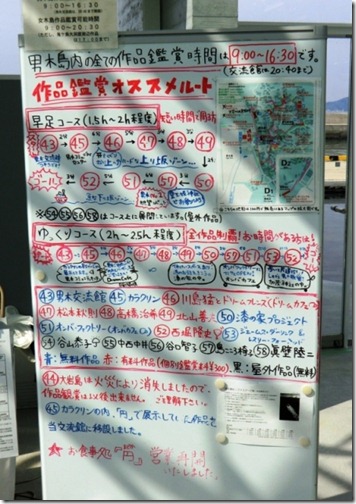
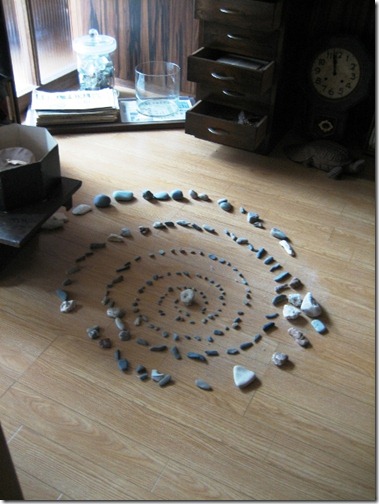
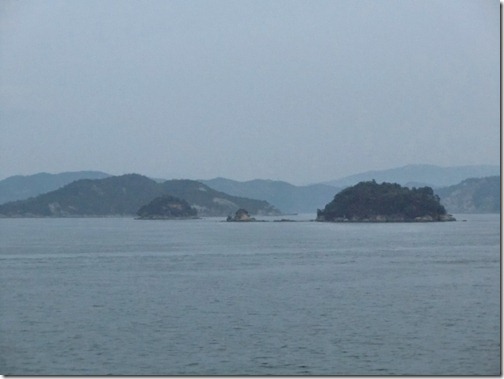
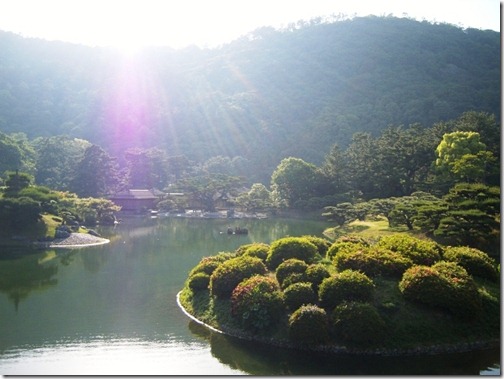
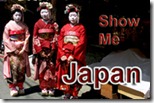











Recent Comments